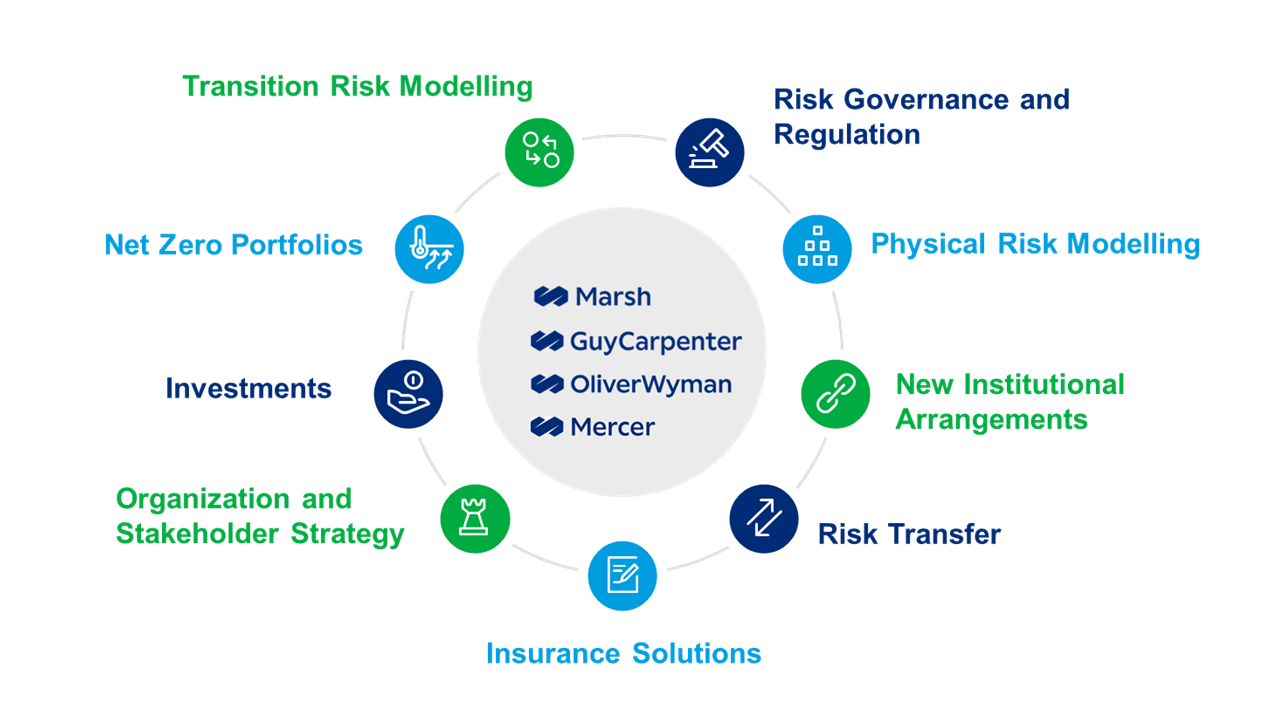Survey: Market Attitudes on Climate Change
Guy Carpenter conducts an internal survey every year of all its brokers globally, to assess how climate change is impacting reinsurance renewal negotiations. We gathered almost 300 responses, with findings across different themes:
- Quantification of climate risk: The number of insurers quantifying their climate risk has increased particularly in Europe and the UK, but less than half of global respondents are quantifying their climate risk.
- Perils: For the majority of regions, a wide range of perils were cited as of concern. Flood is a key peril of interest in relation to climate change in both Europe and Asia Pacific. There is also a focus on severe thunderstorm following significant hail events in Europe and activity in the US.
- Market actions: Markets are taking a wide range of actions in relation to climate change, from pricing and capacity decisions, to increased retentions, higher attachment points and exclusion of fossil fuel intensive activities. Over time, this could worsen the problem of unaffordable insurance and increase protection gaps, suggesting that there is still work to be done to properly understand and more effectively manage changing risk.
- Disclosure requirements: The request for additional disclosures from carriers also more than quadrupled, from 4% in 2021 to 20% in 2024, particularly around fossil fuel percentages in treaty programs in line with EU Taxonomy regulations. Regulatory disclosure requirements, including quantification of climate risk, are accelerating, for example with the introduction of United States National Association of Insurance Commissioners (NAIC) climate filing requirements from 2025.
- Ongoing engagement: Even if climate change did not directly influence negotiations at renewals, these discussions typically occur throughout the year as part of ongoing relationships, rather than at renewals.
Survey results are collected annually to track the evolution of market expectations around climate change.





